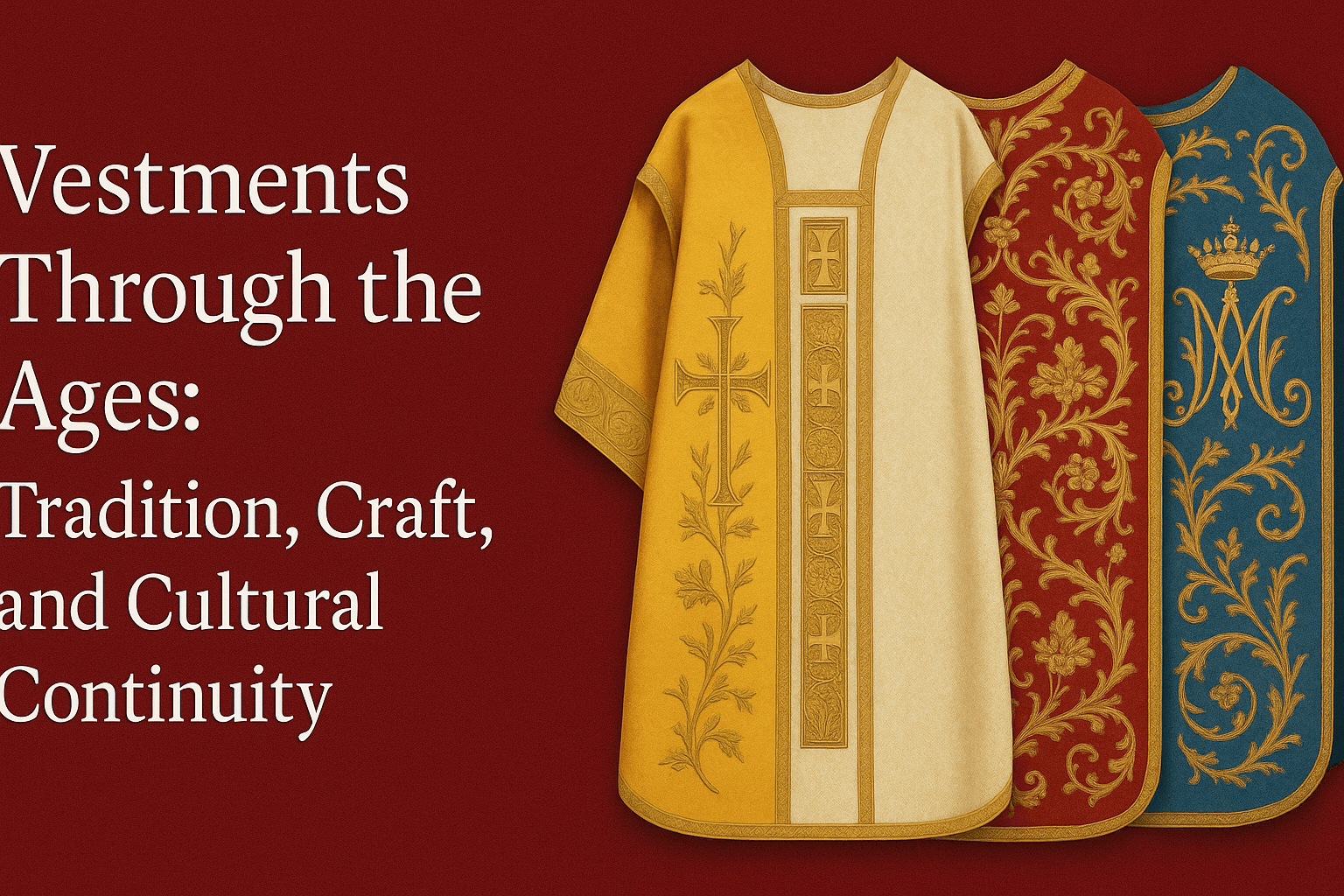The question of the Trojans' ethnicity and cultural affiliations is indeed intriguing and has been the subject of much debate, especially as archaeological and linguistic discoveries in the late 20th and early 21st centuries have shed more light on ancient Anatolia.
Geography and Historical Context:
Troy (Ilion or Ilios) was located in the northwest of modern-day Turkey near the Dardanelles Strait. This location made it part of the broader Anatolian cultural sphere rather than the Greek mainland. While the city's position gave it significant strategic and commercial importance, especially for controlling the passage between the Aegean Sea and the Black Sea, it also made it distinct from the Greek city-states to its west.
The Luwian Cultural Sphere:
Recent archaeological findings and the decipherment of ancient Anatolian scripts have revealed the presence of a broader "Luwian" civilization in western Anatolia during the Late Bronze Age. The Luwians are known to have used a hieroglyphic script, and their influence extended through much of western Anatolia, possibly including the region around Troy.
Linguistic Evidence:
While Ancient Greek was an Indo-European language, so too were the languages of the Hittites and Luwians in Anatolia. However, they belonged to different branches of the Indo-European family. The Hittite language is part of the Anatolian branch, while Luwian, closely related to Hittite, has its own dialects and is spoken in various regions of Anatolia. There's still debate about the exact language spoken in Troy, but it's generally believed to have been closer to these Anatolian languages than to Greek.
Archaeological Evidence:
Excavations of Troy, most notably by Heinrich Schliemann in the late 19th century and later by Manfred Korfmann in the late 20th and early 21st centuries, have shown cultural connections with the broader Anatolian region. While there were also connections with the Mycenaean world (which could be expected given its trade and strategic position), the city's artifacts, architecture, and practices display characteristics distinct from those of the Mycenaean Greeks.
The “Luwian Seal,” with Hittite markings, lending credence to Troy’s Anatolian roots. The Troy Excavation Archive, Canakkale
Historical Texts:
The primary source for the story of the Trojan War is Homer's epics, the "Iliad" and the "Odyssey". In these, the Trojans are consistently portrayed as distinct from the Achaeans (Greeks). They have different gods favoring them (even though they were from the same Greek Pantheon at the time when the Iliad was written, Apollo seems to have Anatolian origins), different heroes, and different cultural practices. While one shouldn't read Homer as a straightforward historical account, the consistent distinction drawn between Greeks and Trojans indicates a cultural memory of the Trojans as a different people.
Within the annals of the Hittite archives, a name surfaces that resonates with scholars and enthusiasts of Greek mythology: Appaliunas. This deity was associated with the city of Wilusa, which many scholars identify with the legendary city of Troy (or Ilios in Greek). Appaliunas is explicitly mentioned in a Hittite letter, drawing a clear link between the Anatolian god and what would become one of Greece's most revered deities, Apollo.
Further cementing the Anatolian connection is Apollo's Homeric epithet ‘Lykegenes’, which translates to "born in Lycia." Lycia was a region in Anatolia, and this epithet offers a clear geographic link to Apollo's origins. The fact that such an epithet exists and is attached to Apollo underscores the weight of the argument that Apollo's veneration was brought to Greece from Anatolian traditions.
Diplomatic Relations:
Texts from the Hittite Empire, another major Anatolian power, mention a city named "Wilusa," which many scholars now identify with Ilion (Troy). The Hittite texts describe diplomatic relations and treaties with Wilusa, indicating its significance in the Anatolian geopolitical landscape.
While the Trojans certainly had interactions with the Mycenaean Greeks, and there were undoubtedly cultural and trade exchanges between them, the prevailing evidence suggests that the Trojans were more closely related to the Anatolian cultural and linguistic milieu, particularly the Luwian sphere, than to the Mycenaean Greeks.










